
4 minute read
Enroflox® 100 (enrofloxacin)
100 mg/mL Antimicrobial Injectable Solution
For Subcutaneous Use in Beef Cattle, Non-Lactating Dairy Cattle and Swine Only. Not for Use in Female Dairy Cattle 20 Months of Age or Older Or In Calves To Be Processed For Veal.
Brief Summary: Before using Enroflox® 100, consult the product insert, a summary of which follows.
CAUTION: Federal (U.S.A.) law restricts this drug to use by or on the order of a licensed veterinarian. Federal (U.S.A.) law prohibits the extra-label use of this drug in food-producing animals.
PRODUCT DESCRIPTION: Each mL of Enroflox 100 contains 100 mg of enrofloxacin. Excipients are L-arginine base 200 mg, n-butyl alcohol 30 mg, benzyl alcohol (as a preservative) 20 mg and water for injection q.s.
INDICATIONS:
Cattle - Single-Dose Therapy: Enroflox 100 is indicated for the treatment of bovine respiratory disease (BRD) associated with Mannheimia haemolytica, Pasteurella multocida, Histophilus somni and Mycoplasma bovis in beef and non-lactating dairy cattle; and for the control of BRD in beef and non-lactating dairy cattle at high risk of developing BRD associated with M. haemolytica, P. multocida, H. somni and M. bovis
Cattle - Multiple-Day Therapy: Enroflox 100 is indicated for the treatment of bovine respiratory disease (BRD) associated with Mannheimia haemolytica, Pasteurella multocida and Histophilus somni in beef and non-lactating dairy cattle.
Swine: Enroflox 100 is indicated for the treatment and control of swine respiratory disease (SRD) associated with Actinobacillus pleuropneumoniae, Pasteurella multocida, Haemophilus parasuis and Streptococcus suis.
RESIDUE WARNINGS:
Cattle: Animals intended for human consumption must not be slaughtered within 28 days from the last treatment. This product is not approved for female dairy cattle 20 months of age or older, including dry dairy cows. Use in these cattle may cause drug residues in milk and/or in calves born to these cows. A withdrawal period has not been established for this product in pre-ruminating calves. Do not use in calves to be processed for veal.
Swine: Animals intended for human consumption must not be slaughtered within 5 days of receiving a single-injection dose.
HUMAN WARNINGS: For use in animals only. Keep out of the reach of children. Avoid contact with eyes. In case of contact, immediately flush eyes with copious amounts of water for 15 minutes. In case of dermal contact, wash skin with soap and water. Consult a physician if irritation persists following ocular or dermal exposures. Individuals with a history of hypersensitivity to quinolones should avoid this product. In humans, there is a risk of user photosensitization within a few hours after excessive exposure to quinolones. If excessive accidental exposure occurs, avoid direct sunlight. For customer service, to obtain a copy of the Safety Data Sheet (SDS) or to report adverse reactions, call Norbrook at 1-866-591-5777.
PRECAUTIONS:
The effects of enrofloxacin on cattle or swine reproductive performance, pregnancy and lactation have not been adequately determined.The long-term effects on articular joint cartilage have not been determined in pigs above market weight.Subcutaneous injection can cause a transient local tissue reaction that may result in trim loss of edible tissue at slaughter.
Enroflox 100 contains different excipients than other enrofloxacin products. The safety and efficacy of this formulation in species other than cattle and swine have not been determined.
Quinolone-class drugs should be used with caution in animals with known or suspected Central Nervous System (CNS) disorders. In such animals, quinolones have, in rare instances, been associated with CNS stimulation which may lead to convulsive seizures. Quinolone-class drugs have been shown to produce erosions of cartilage of weight-bearing joints and other signs of arthropathy in immature animals of various species. See Animal Safety section for additional information.
ADVERSE REACTIONS: No adverse reactions were observed during clinical trials.
ANIMAL SAFETY:
In cattle safety studies, clinical signs of depression, incoordination and muscle fasciculation were observed in calves when doses of 15 or 25 mg/kg were administered for 10 to 15 days. Clinical signs of depression, inappetance and incoordination were observed when a dose of 50 mg/kg was administered for 3 days. An injection site study conducted in feeder calves demonstrated that the formulation may induce a transient reaction in the subcutaneous tissue and underlying muscle.
In swine safety studies, incidental lameness of short duration was observed in all groups, including the saline-treated controls. Musculoskeletal stiffness was observed following the 15 and 25 mg/kg treatments with clinical signs appearing during the second week of treatment. Clinical signs of lameness improved after treatment ceased and most animals were clinically normal at necropsy. An injection site study conducted in pigs demonstrated that the formulation may induce a transient reaction in the subcutaneous tissue.
Norbrook Laboratories Limited, Newry, BT35 6PU, Co. Down, Northern Ireland
I02 September 2016
The Norbrook logos and Enroflox® are registered trademarks of Norbrook Laboratories Limited.
PROTEIN Producers
2017 Volume 5 Issue 2
Editor: Kelly Terrell
Associate Editor: Lisa Taylor
Editorial Assistant: Brandi Bain
The Pac Team
Dr. Wade Taylor
Technology identification and deployment
Dr. Tom Noffsinger
Animal handling, staff development
Dr. Doug Ford
Reproduction, lameness
Dr. Corbin Stevens
Diagnostics and clinical evaluation
Dr. Nels Lindberg
Leadership development, field research
Dr. Kip Lukasiewicz
Animal handling, field research, facility design
Dr. Jim Lowe
System design and management, team education
Dr. Shane Terrell
Feedlot lameness, field research
Dr. Kev Sullivan
International veterinarian
Animal handling, heat stress management
Dr. Dan Thomson
Field research, team education
Dr. Tom Edwards
Associate member
Ultrasound technology, feedlot lameness
Dr. Matt Fruge
Associate member
Ted Howard
Animal stewardship, horsemanship
Jose Valles
Bilingual education & training, research monitoring
Garrett Taylor
Information management
Kelly Terrell
Marketing and communications
Lisa Taylor
Business and data analysis
Brandi Bain
Marketing and business administration
We want to showcase unique photographs from our readers here!
Please submit your photographs to Kelly Terrell at kelly.terrell@pacdvms.com.
Hansen 77 Ranch
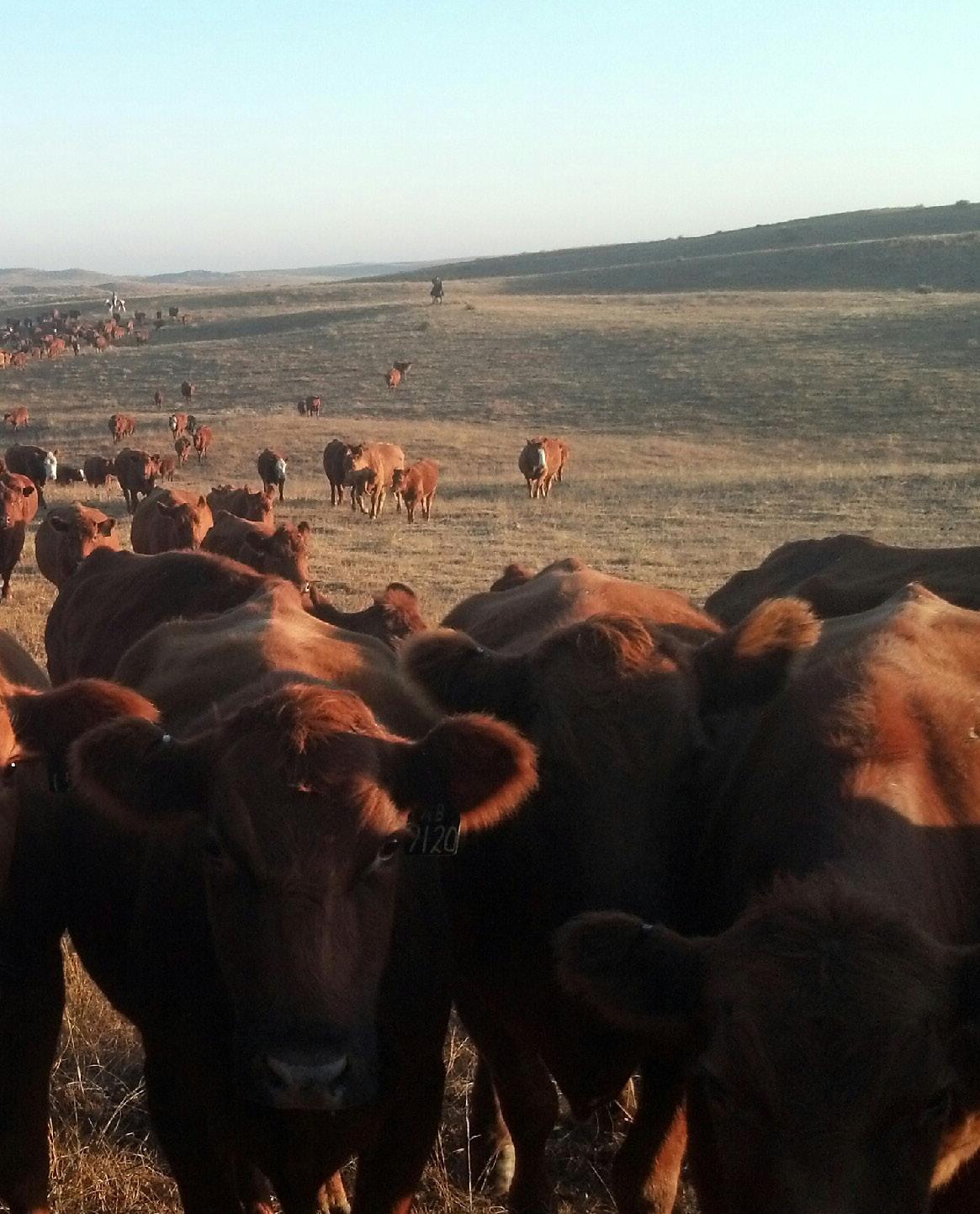
North Platte, NE
Senator Tom Hansen
Eric Hansen
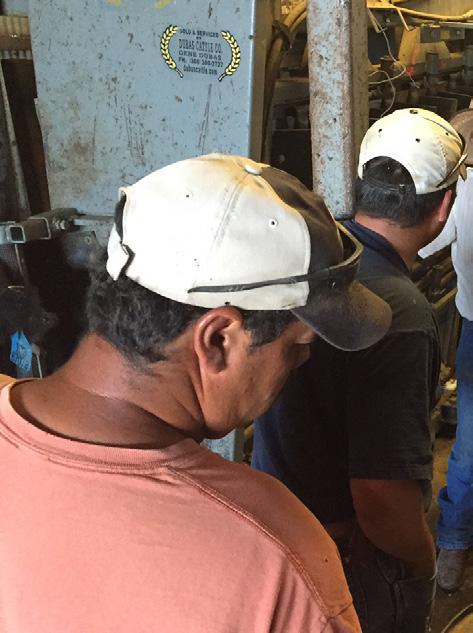
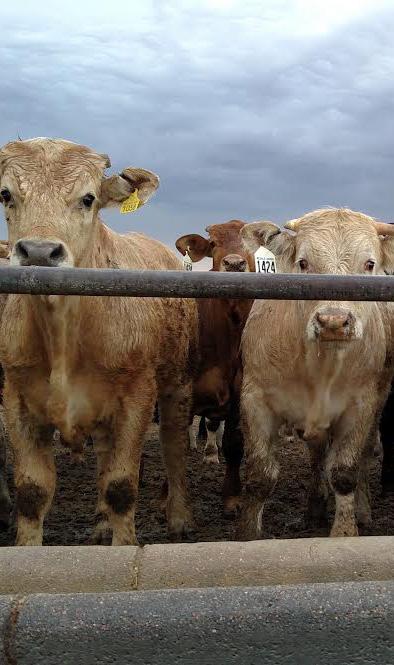
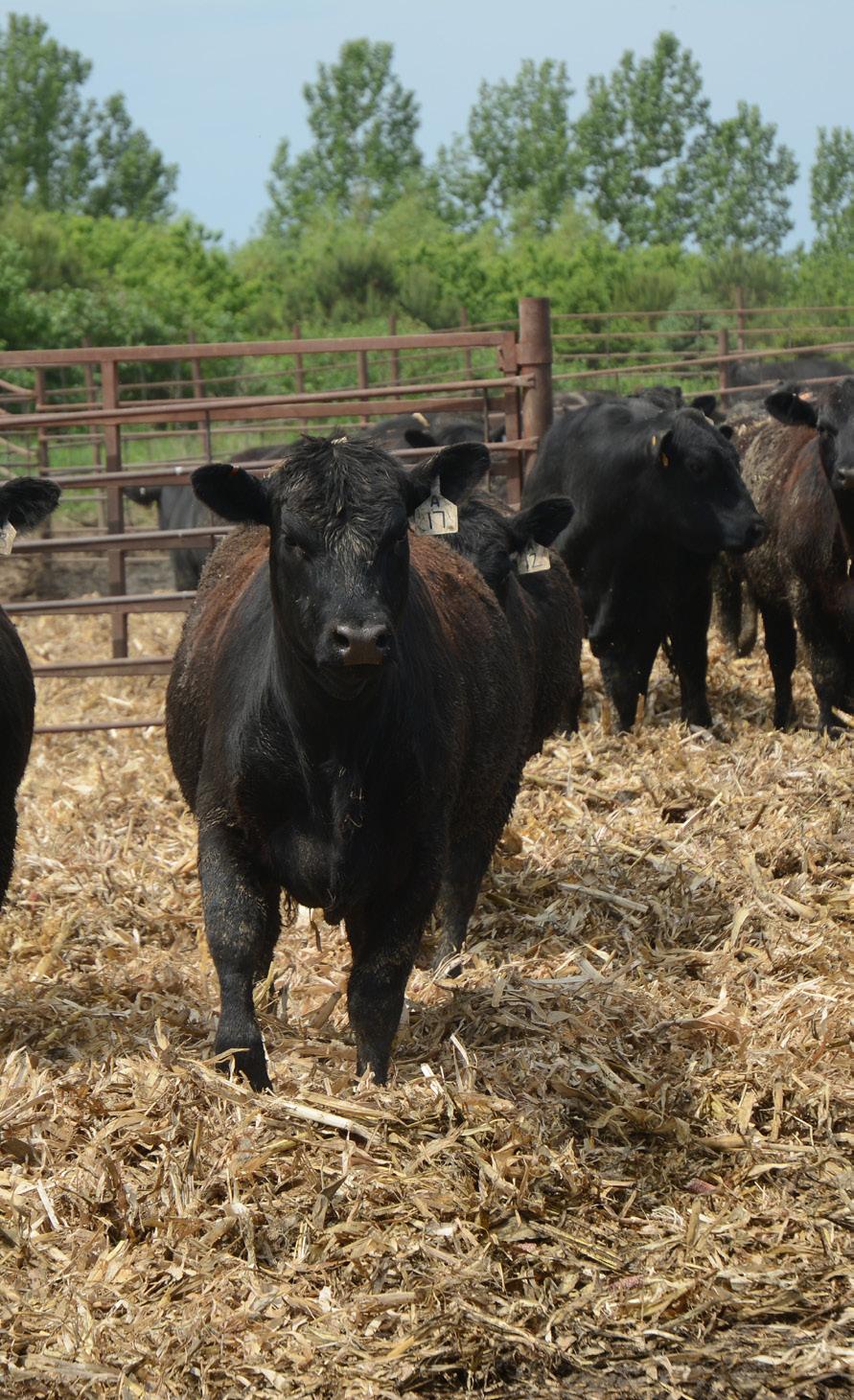
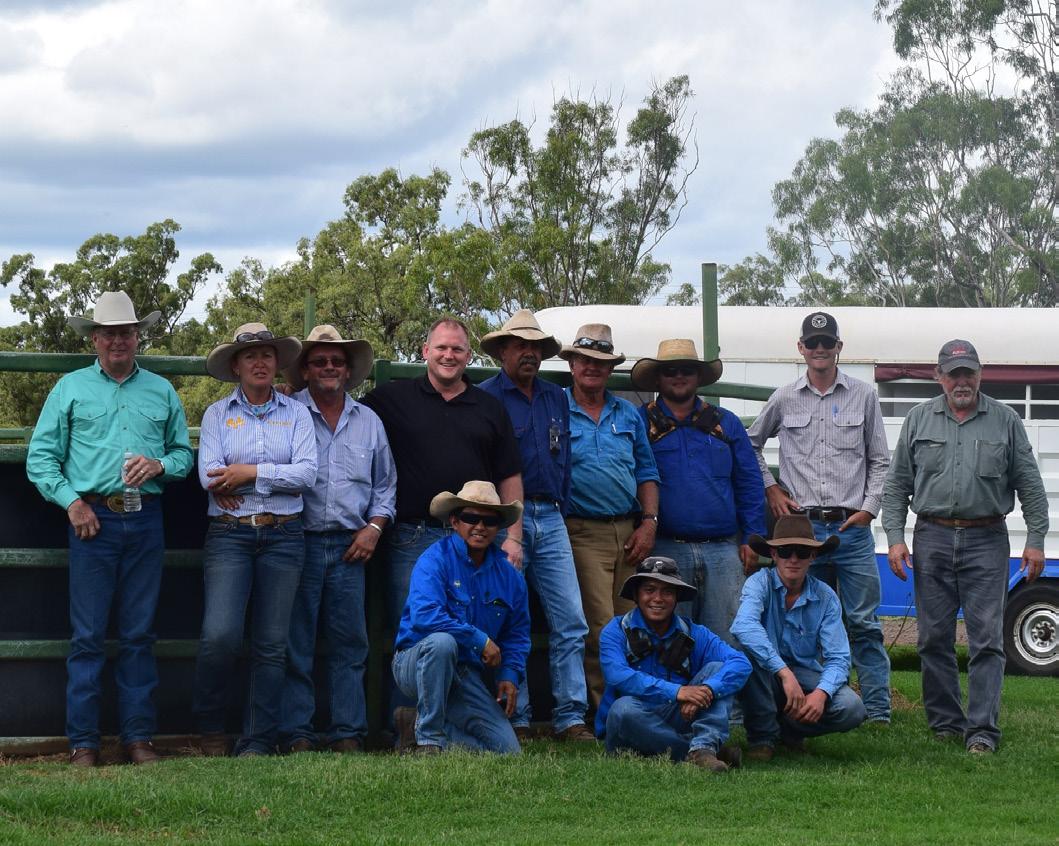
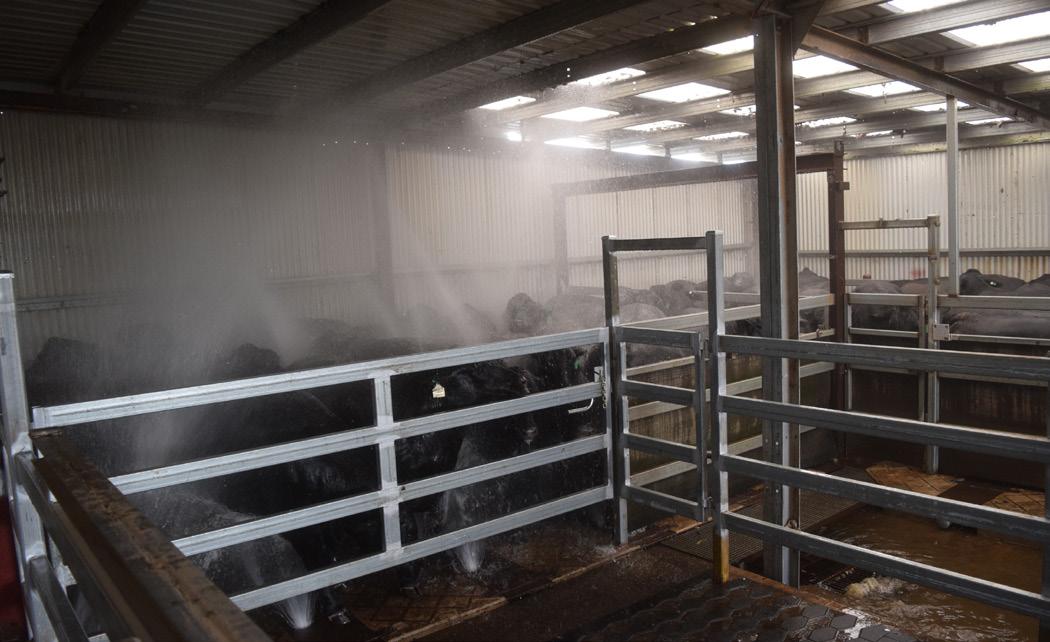
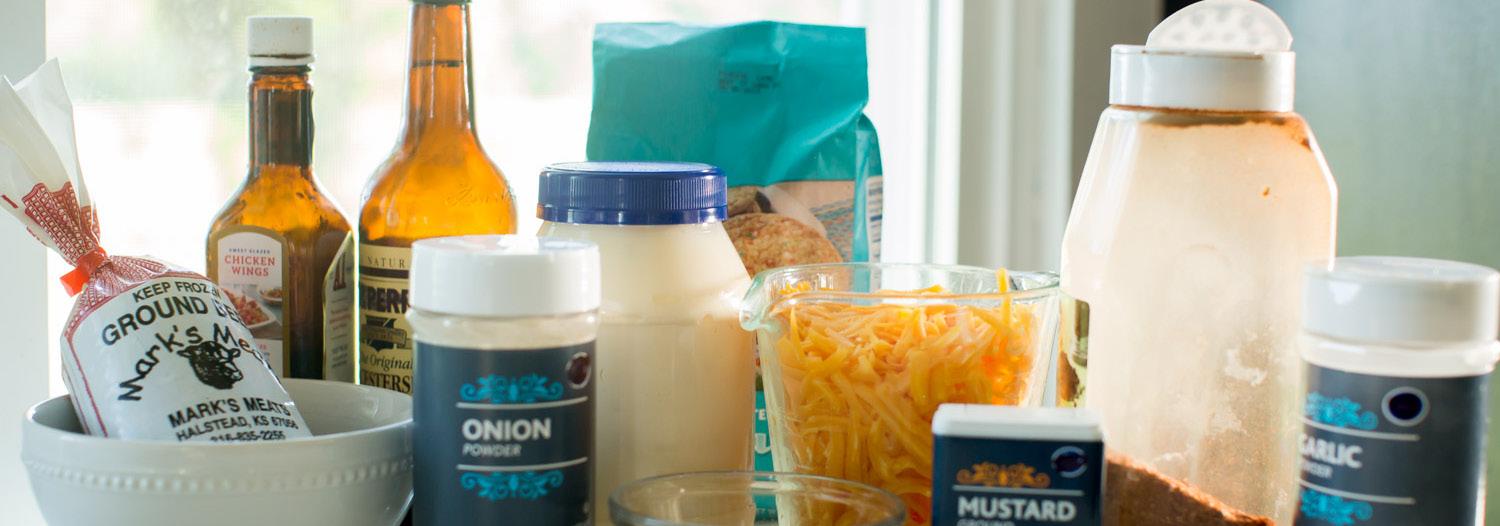
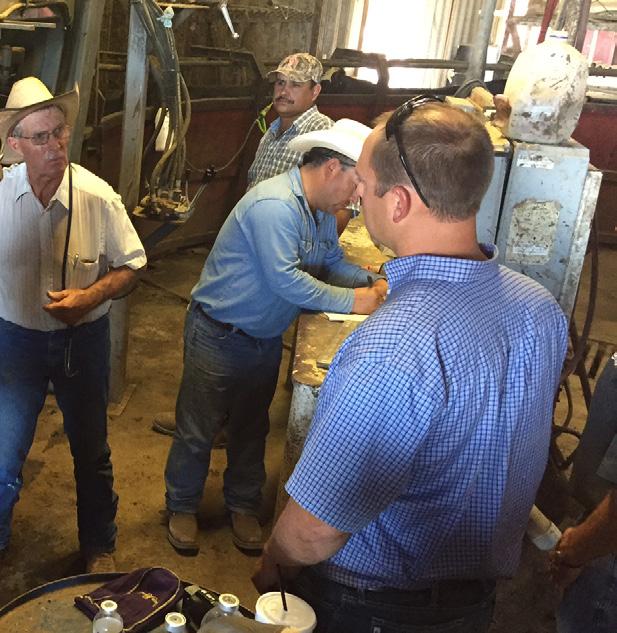
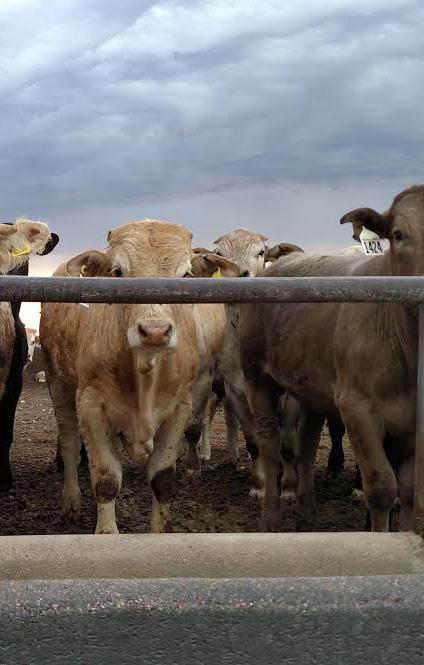


OTHER BRD TREATMENTS WERE 50% AS EFFECTIVE AS DRAXXIN® IN SEVERAL STUDIES.
Treat bovine respiratory disease (BRD) the right way with DRAXXIN® (tulathromycin) Injectable Solution. DRAXXIN demonstrated 50% fewer re-treats and 50% fewer dead or chronic animals1 versus competitive products in several large pen studies.2 Which means your cattle stay healthier, and that helps keep your bottom line healthier, too. Get the numbers on DRAXXIN at draxxin.com.

BRD
Solutions
FROM ZOETIS
IMPORTANT SAFETY INFORMATION: DRAXXIN has a pre-slaughter withdrawal time of 18 days in cattle. Do not use in female dairy cattle 20 months of age or older. Do not use in animals known to be hypersensitive to the product. See Brief Summary of Prescribing Information on adjacent page and full Prescribing Information at draxxin.com/pi.










